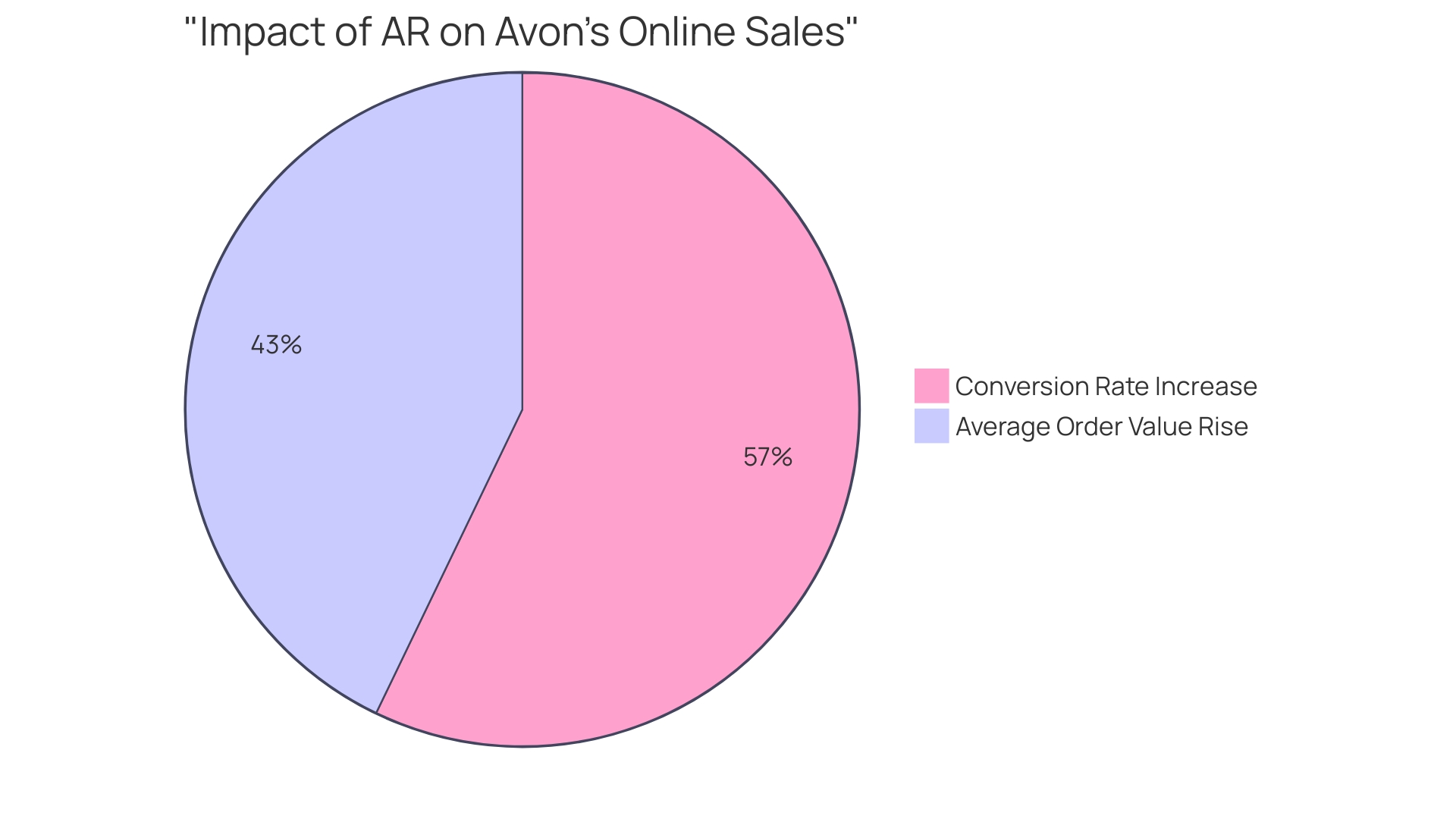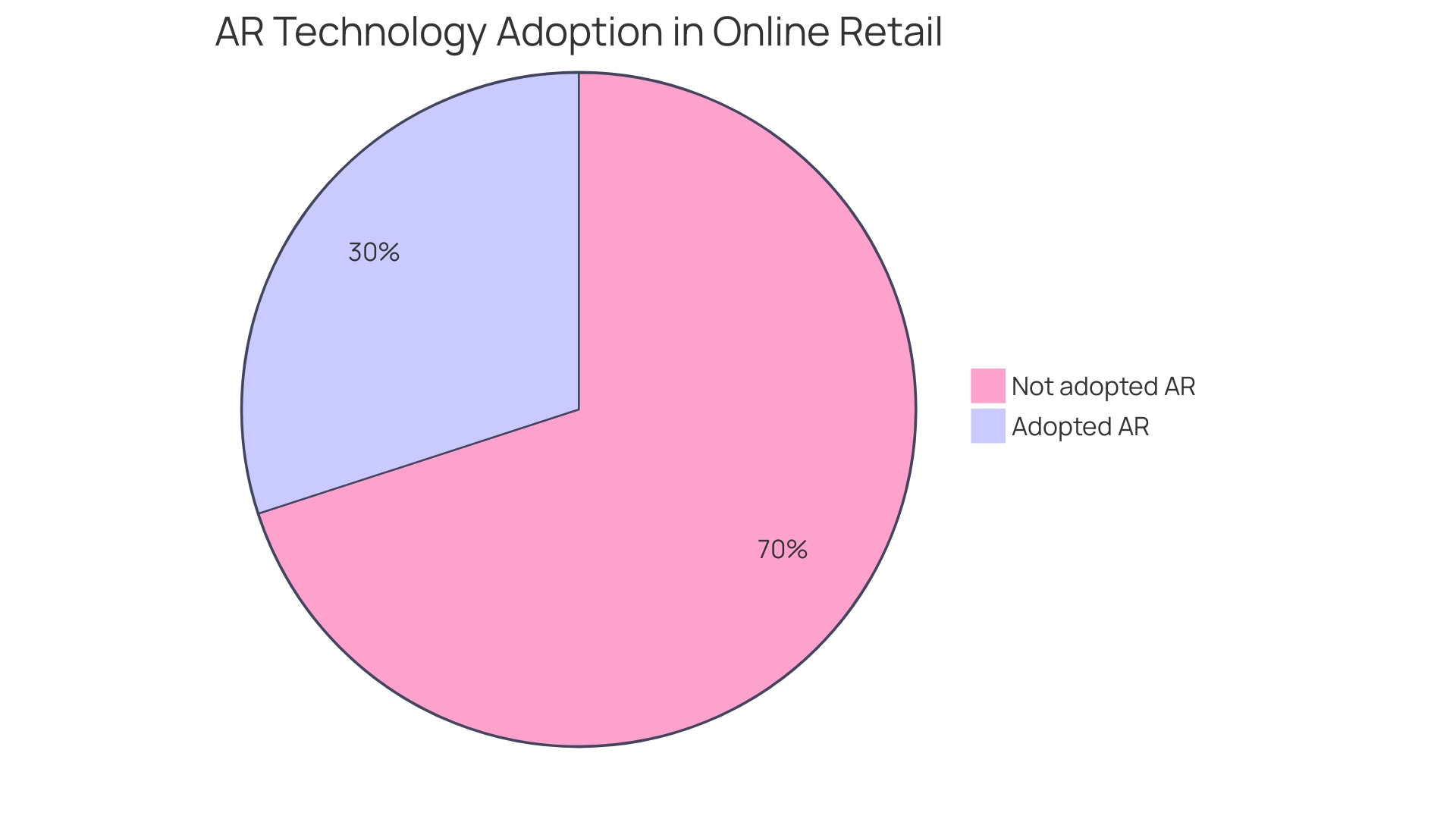Introduction
Augmented Reality (AR) technology has quickly become a strategic asset in the online retail industry. Its ability to create immersive experiences and allow customers to visualize products in their own environment has resulted in increased customer engagement and satisfaction. In fact, companies like Avon have experienced significant boosts in conversion rates and average order values after implementing AR technology.
However, integrating AR into online platforms comes with its own set of costs. This article will explore the various cost factors involved in implementing AR, such as technology infrastructure and hardware costs, content creation and production costs, integration and implementation costs, and ongoing maintenance and updates. By understanding these cost factors, retailers can make informed decisions and maximize the return on investment (ROI) of AR technology in the increasingly competitive digital retail space.
Understanding the Cost Factors of Augmented Reality Implementation
Augmented Reality (AR) technology is not just a futuristic concept; it's a strategic asset that is being increasingly adopted in online retail. It facilitates immersive experiences that allow customers to visualize products in their own environment, a move that can significantly enhance customer engagement and satisfaction.
As emblematic of its growing importance, Avon's adoption of Perfect's AR technology led to a remarkable 320 percent increase in conversion rate and a 33 percent rise in average order value, illustrating the tangible impact of AR on online sales metrics. Implementing AR isn't without its costs, of course.
Organizations must navigate the financial landscape of the technology thoughtfully, acknowledging that investments poured into AR by heavyweight companies like Facebook and Intel signal a wider industry endorsement and hint at the competitive advantage it offers. As the AR market expands, buoyed by investments from both private and governmental entities, the retail sector, among others, stands as a primary beneficiary. Retailers must not only consider the initial investment but also the scalability potential of AR technologies, reflected in partnerships like that of PERFECT with Wal-Mart to integrate AR into mobile shopping experiences. As such, while integrating AR requires an upfront calculation of costs, its potential payoff in the increasingly digital retail space is both extensive and compelling.

Technology Infrastructure and Hardware Costs
Setting up AR technology in the realm of online retailing requires meticulous consideration. A pivotal aspect of this is the technological infrastructure conducive to executing an AR experience that is both immersive and interactive. This encompasses not only the physical devices such as smartphones, tablets, or specialized AR glasses that customers use to engage with the AR features but also entails robust servers or cloud-based solutions to manage the delivery of the AR content flawlessly.
Wayfair's example epitomizes the indispensable role of machine learning in analyzing product attributes for better customer engagement. Their strategy to evaluate and categorize over 40 million products with machine learning exemplifies a approach that can be paralleled in managing AR content. Identifying the right hardware according to consumer behaviors and preferences remains a decisive step, ensuring that customers receive targeted and seamless AR interactions.
Furthermore, cloud computing emerges as a cost-effective and scalable alternative, capable of supporting the substantial data requirements of AR. By following Wayfair's lead in leveraging organized data tagging and machine learning for optimized search results, businesses can enhance the quality of their AR offerings while simultaneously moderating expenses and ensuring scalability. This strategy resonates with the ongoing trends highlighted by retail technology experts who acknowledge the significance of all-in-one platforms, hinting at a comprehensive, integrative approach to retail AR solutions.
Content Creation and Production Costs
Crafting an immersive AR experience is not only a technologically advanced process but also an artistic endeavor. Making the virtual world come alive requires a dedicated team of professionals, such as 3D artists and designers, who are adept at conjuring compelling and authentic virtual elements.
The investment in training or hiring such talent is a critical aspect of the overall AR strategy. Further, equipping them with sophisticated software and technologies for AR application development becomes essential.
The real-world success of Swiss telecom giant Swisscom, which leveraged AR to boost its brand among younger consumers, underscores the value of such investments. For instance, beauty products have seen a significant sales surge through the use of virtual try-on technologies.
The partnership between PERFECT and Wal-Mart, allowing customers to sample beauty products virtually, demonstrates the potential for AR to enhance the online shopping experience. With reported increases of a 320% conversion rate and a 33% bump in average order value by Avon, as their CEO Kristof Neirynck highlighted, this strategy can lead to substantial gains. Outsourcing AR content creation to specialized agencies or freelancers may streamline the process, enabling you to harness the expertise of industry-leading talents while managing expenditure efficiently. An integrated workflow and clear content objectives are indispensable to ensure effectiveness and cost-effectiveness in the AR deployment process.
Integration and Implementation Costs
The adoption of Augmented Reality (AR) in online retail can transform the shopping experience, but it's essential to understand the costs involved. Integrating AR into an online platform or creating an AR app requires substantial investment in software development, customization, and seamless integration with existing e-commerce systems.
Such systems include inventory, payment processing, and customer service support. Moreover, there's a need to financially prepare for staff training to ensure they can efficiently manage AR technologies and assist customers with these new features.
Reviewing Tipteh's approach to engineering solutions, they considered the upfront investment in a tool that offers designers a comprehensive 3D view of the machines they conceptualize. Through this, they enhanced collaboration, minimized errors, and adhered to ergonomic standards from the outset—attributes businesses should emulate during AR integration.
As expressed in 'How Big Things Get Done', meticulous planning yields great results. Just look at Avon's success with AR-powered virtual try-ons, which led to a 320% increase in conversion rates. This demonstrates the potential ROI for careful AR implementation. Businesses aiming to integrate AR should prioritize features that address consumer demands, utilizing customer feedback to guide investment in essential AR functionalities and reduce extraneous costs. The goal is to emulate successful collaborations, such as that between Wal-Mart and PERFECT, to scale and expand the reach of AR experiences while managing costs efficiently.
Ongoing Maintenance and Updates
To sustain the efficacy of AR technology and ensure a compelling user experience, it's paramount for businesses to invest not only in the initial deployment but also in continuous maintenance and upgrades. With advancements in AR rapidly changing the landscape, it is essential to stay ahead of market trends and customer expectations, adapting the technology to meet these evolving needs.
Avon, a prominent beauty brand, witnessed a substantial boost in user engagement and profitability after integrating AR, with a reported 320% surge in conversion rates and a 33% augmentation in average order values. This transformation is made possible by diligent monitoring and enhancement of their AR solutions, demonstrating the need for a robust maintenance strategy.
As elucidated by Jennifer Richards, an established commentator on retail technology, innovation is redefining the retail sphere, with all-in-one platforms being at the forefront. AR's capability to seamlessly merge digital data with the physical world enhances user interaction, demonstrating its vast potential across industry vistas.
Comprehensive strategies, as revealed in the white paper 'AR as a Booster for Industry 4.0,' underline how AR can enrich the entire process chain, elevating quality and productivity. Reflecting on these insights, it is advised that companies either allocate internal teams dedicated to AR upkeep or enlist reliable AR technology partners. This can efficiently address regular updates, fix compatibility issues, and integrate emergent features reflecting shifting consumer preferences. By capitalizing on data analytics and customer feedback, businesses can judiciously direct resources and update priorities. Partnerships, like the one between PERFECT and Wal-Mart, underscore the strategic benefit of harnessing external expertise to escalate AR initiatives and curb internal expenditures.
Maximizing ROI and Value
Augmented Reality (AR) is not just a flashy gimmick; it's a strategic investment that can yield substantial returns for online retailers. By integrating AR, businesses cater to their market's evolving needs with innovation that enhances the customer experience.
For instance, Avon, a prominent beauty brand, embraced AR virtual try-on technology and witnessed a staggering 320% rise in conversion rates and a 33% increase in average order values. These metrics clearly demonstrate AR's potential to revolutionize e-commerce performance.
Adopting AR requires a calculated approach. Retailers must first understand their audience and market dynamics to pinpoint how AR can provide genuine value. Proper goal-setting, along with precise KPIs, is essential to gauge the success of AR features and refine these tools for optimal ROI. An investment in AR technology, therefore, should not be taken lightly but seen as a commitment to future-proofing a business, bolstering customer engagement, and cementing brand reputation in today's competitive digital marketplace.

Conclusion
In conclusion, integrating Augmented Reality (AR) technology in online retail has proven to be a valuable asset for boosting customer engagement and satisfaction. Companies like Avon have witnessed significant increases in conversion rates and average order values through AR implementation. However, it is essential to carefully consider the costs associated with AR integration.
This includes investing in the appropriate technology infrastructure and hardware to deliver an immersive and interactive experience. Cloud computing offers a cost-effective and scalable solution to handle the data requirements of AR. Creating compelling AR content requires specialized professionals and sophisticated software.
Outsourcing content creation to specialized agencies can optimize costs. Integrating AR into online platforms necessitates investments in software development and seamless integration with existing e-commerce systems. Ongoing maintenance and updates are vital to ensure the effectiveness of AR technology.
Staying ahead of market trends, adapting to evolving customer expectations, and considering partnerships with AR technology experts or forming dedicated internal teams can help manage regular updates and enhancements. By carefully considering these cost factors, retailers can maximize the return on investment of AR technology in the digital retail space. AR should be viewed as a strategic investment that enhances the customer experience, future-proofs the business, and strengthens brand reputation in the highly competitive online marketplace.
Ready to maximize your return on investment with AR technology? Contact us today!





